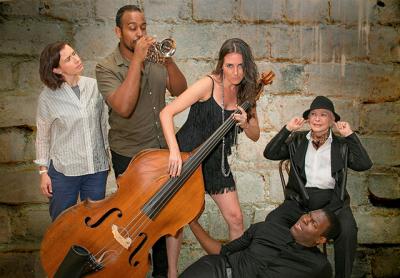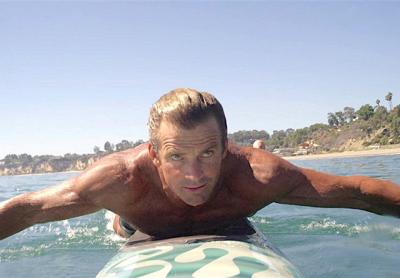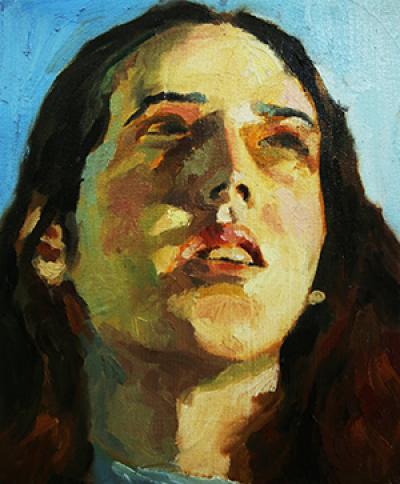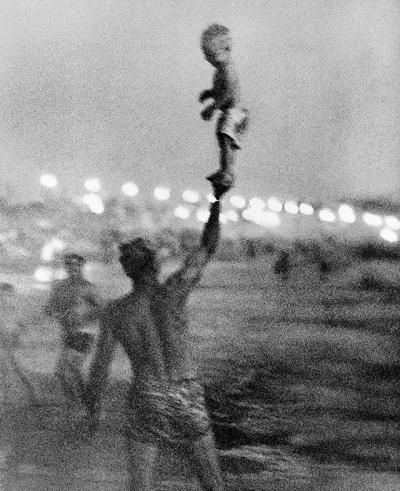Parrish Tackles Photorealism From Its Origins to Today
Parrish Tackles Photorealism From Its Origins to Today
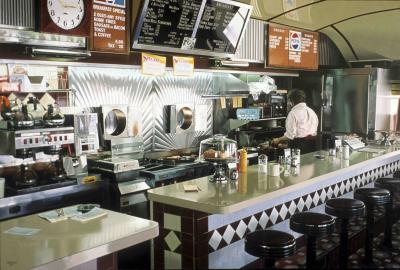
The Parrish Art Museum in Water Mill will open “From Lens to Eye to Hand: Photorealism, 1969 to Today” on Sunday, showing works of art capturing time and space precisely.
Photorealism began in California and New York City nearly 50 years ago, when it was acknowledged that using photographs to make realistic paintings was a legitimate technique, and that artists who did so were not “cheaters.”
“We know and cannot unknow the fact that the labored-over painting is the end product of a nearly instantaneous mechanical process — a 60th of a second stretched out over months and months,” Richard Kalina, an artist and author, wrote in an essay accompanying the show. “This discontinuity works against the smooth comprehension that we quite rightly apply to normal life, and leaves us with the sense that something else is afoot.”
The exhibition will feature 73 works by 35 artists ranging from Robert Bechtle and Chuck Close, two original photorealists, to those of younger generations, like Raphaella Spence and Yigal Ozeri. Paintings will include “Wheel of Fortune” by Audrey Flack and “Kandy Kane Rainbow” by Charles Bell.
In addition to displaying large works on canvas, “From Lens to Eye to Hand” will showcase 30 small watercolors and acrylics on paper never before seen together publicly. Noting the intimate scale, Terrie Sultan, the museum’s director, said the works on paper offer a “pathway to experimentation, and, more important perhaps, a way to express a sense of light and air that is not obtainable with oil on canvas.”
While photorealism has a specific definition, the subject matter of the works differs greatly, with paintings and watercolors featuring diners, children’s toys, food, people, and even magical elements. It will run through Jan. 21.

